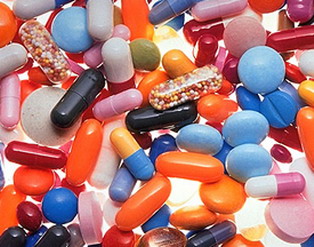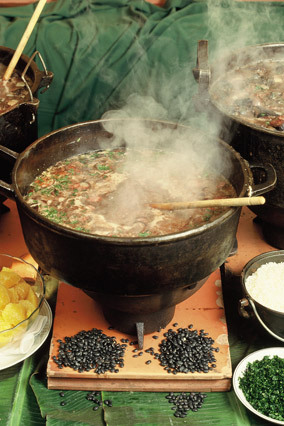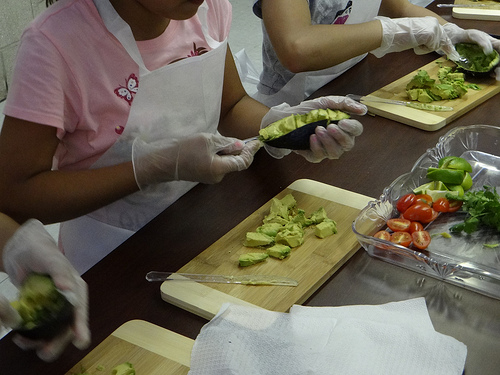Snacks: How they fit into your weight-loss plan
Your stomach is growling, but lunch is hours away. You could grab a snack, but you think it's best to grit your teeth and wait for lunch. Not so, if weight loss is your goal.
In fact, well-planned weight-loss diets, such as the Mayo Clinic Diet, allow for healthy snacks to help manage hunger and reduce bingeing at mealtime. The key is to eat healthy snacks that satisfy your hunger and keep the calorie count low.
Healthy snacking
The best snacks are those that fill you up quickly, make you feel full until mealtime and add relatively few calories to your daily total. Fruits and vegetables meet these ideal snack requirements for several reasons:
- Few calories. Most fruits and vegetables are low in calories. Even when you eat a portion that satisfies your hunger, the calorie count is low.
- Lots of water. Most fruits and vegetables contain a lot of water, which helps fill you up.
- Lots of fiber. Fiber is the part of plants that you can't absorb and that passes through your digestive system slowly. Fiber fills you up and helps you feel full longer.
- Lots of nutrients. Fruits and vegetables provide healthy vitamins, minerals and other beneficial plant chemicals (phytochemicals).
- Little fat. Most high-fat foods are high in calories, but usually low in water content and fiber. In order to feel full with high-fat foods, you need to consume lots of calories. Most fruits and vegetables have very little fat.
100-calorie goal
A good goal for a between-meal snack is something with fewer than 100 calories. Generous portions of fruits or vegetables can easily help fill you up while staying below that calorie count. All of the following servings have fewer than 100 calories:
- Medium apple: 95 calories
- Small banana: 90 calories
- Two kiwis: 84 calories
- 20 medium baby carrots: 70 calories
- 20 grapes: 68 calories
- Medium orange: 65 calories
- 20 cherry tomatoes: 61 calories
- Medium peach: 58 calories
- Medium red pepper: 37 calories
- 20 pea pods: 28 calories
For comparison, one reduced-fat cheese stick has about 60 calories 100-calorie but it also has 4.5 grams of fat. While the protein and fat may help curb your appetite, a single cheese stick may not be as satisfying as, say, 20 baby carrots, which add up to nearly 10 times the weight of the cheese stick, have 70 calories and less than 1 gram of fat.
-
Losing More Weight Easily
Losing excess fat quickly is always a familiar need from my friends an
-
How To Make Your Own Weight Loss Recipes
If you are overweight or you really care about maintaining your weight
-
Free Online Weight Loss Programs Reviews
No doubt youve seen the adverts on your
-
Weight Loss Tips for Women Over 50
Body of a woman who is above 50 years of age has a completely differen
-
If You Want To Lose Weight Avoid These 4 Mistakes
Often when someone decides that they nee
-
Rheumatoid arthritis in women, higher mortality risk, symptoms, and treatment
Rheumatoid arthritis (RA) in women increases the risk of all-ca
- DON'T MISS
- How Do You Get A Flat Stomach With Healthy Snacks - Answered
- How Would You Like A Bikini Body Fast?
- 10 Quick Tips to Lose Weight
- How To Stay Motivated When Trying To Get A Flat Stomach
- How to Use Your Web Site to Make Money
- To Lose Weight Don't Eat Late
- Mediterranean diet high in vegetable fats benefits weight as much as low-fat diet
- Resistance Training To Boost Your Fat Burning Effect
- Weight loss: counting calories more important than eating little and often
- Three Simple Rules That Burn Body Fat Without Starving Yourself




